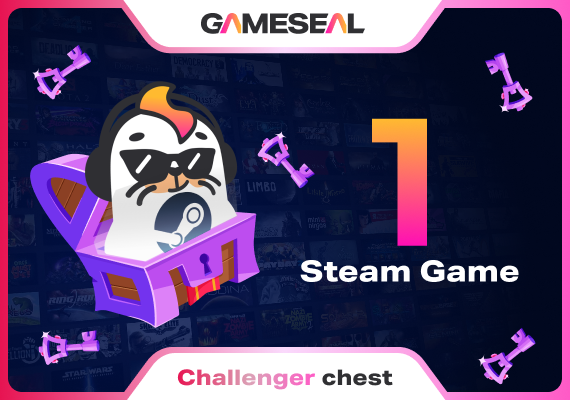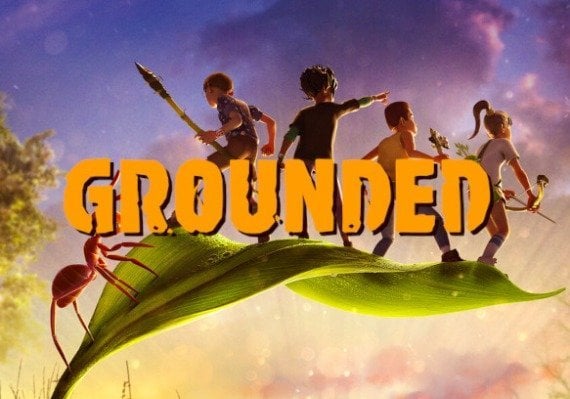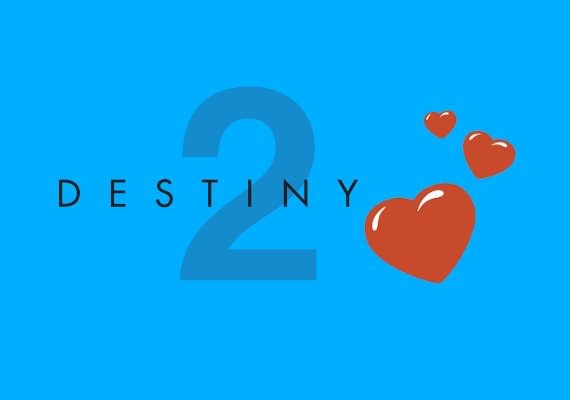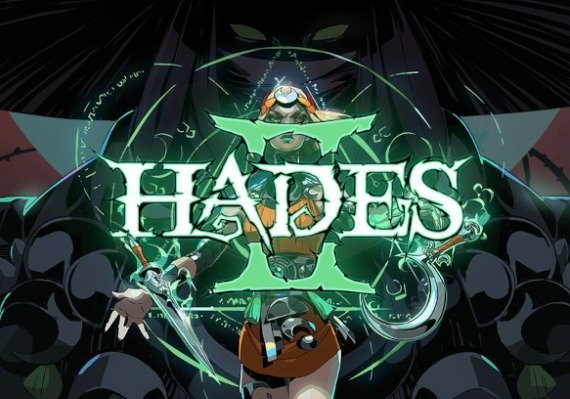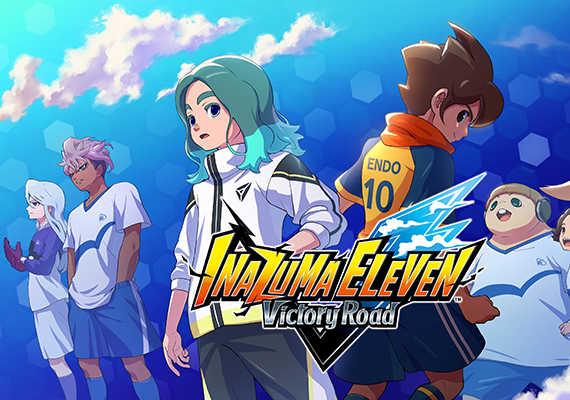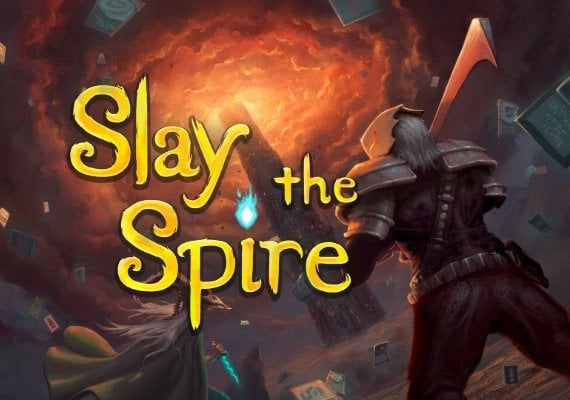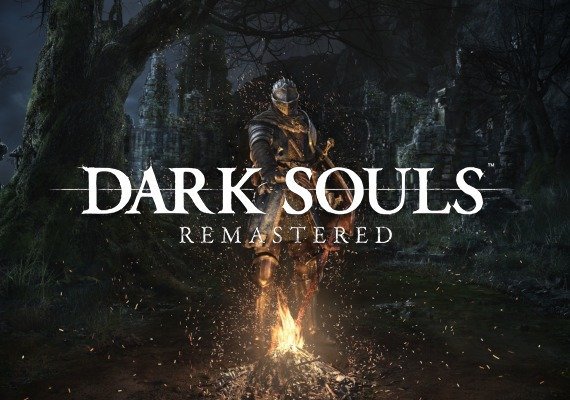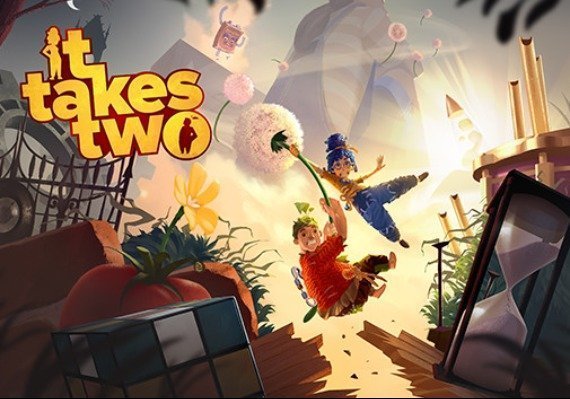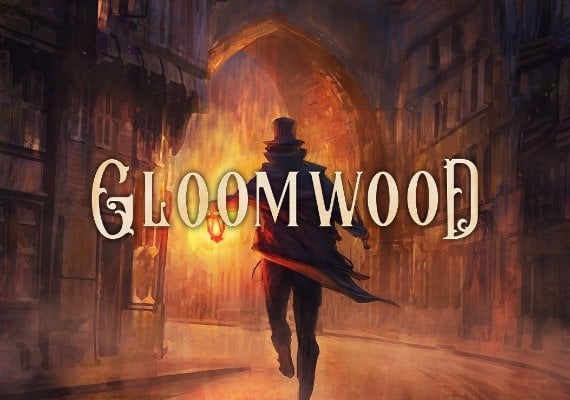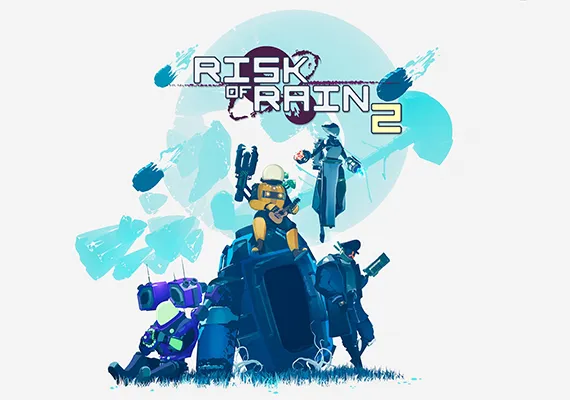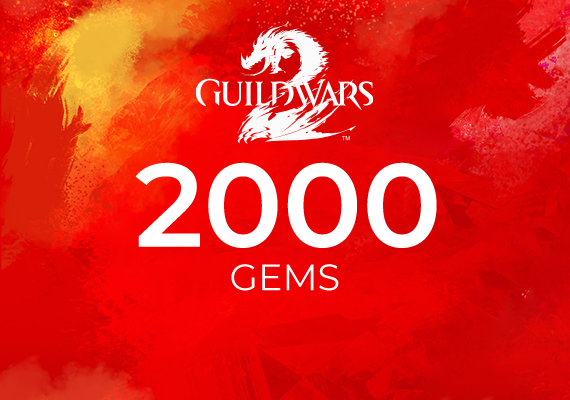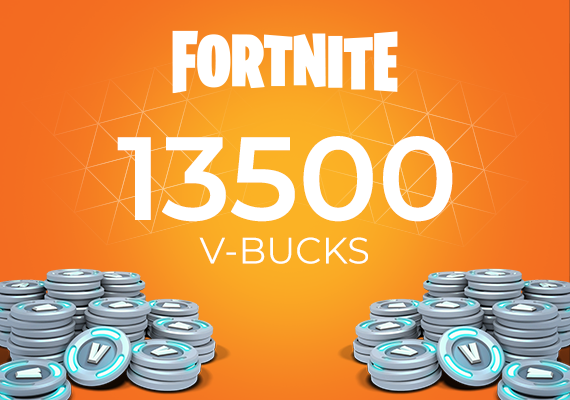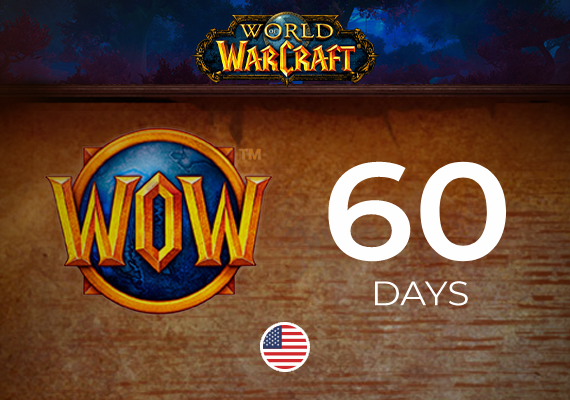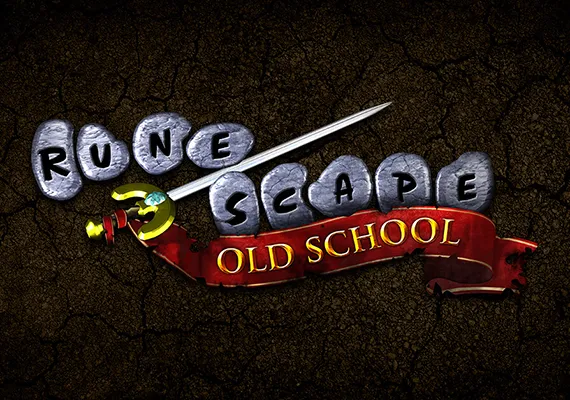Blurring Lines: The Evolution and Impact of Triple-I and Indie Games in Today’s Gaming Landscape
.webp)
A New Class of Games: Understanding Triple-I
Triple-I games, a term coined to reflect 'indie games with AAA ambitions,' represent a significant shift in game development. These titles are characterized by their high-quality graphics, more complex gameplay mechanics, and deeper storytelling, which rival those of big-budget AAA games. However, unlike AAA games, triple-I titles are usually developed by smaller teams with more creative freedom and lower overhead costs. This allows for more innovation and risk-taking in game design and narrative. Examples like "Hellblade: Senua's Sacrifice" from Ninja Theory demonstrate how triple-I games are pushing the boundaries of what independent studios can achieve.
.webp)
The Enduring Charm of Indie Games
Despite the rise of triple-I games, traditional indie games continue to thrive. These games are typically produced with limited resources and small teams. They prioritize creativity and innovation, often exploring unique themes or experimenting with new gameplay mechanics. Indie games such as "Stardew Valley" and "Hollow Knight" have garnered massive followings due to their charm, depth, and originality. The success of these games proves that there is a substantial market for titles that offer new experiences and personal storytelling, which are often absent in more mainstream, high-budget games.
.webp)
Comparing Impacts: Triple-I vs. Indie on the Industry
The emergence of triple-I games has begun to influence both the expectations of gamers and the strategies of developers. Triple-I games often set a new standard in quality that indie games are then expected to meet, which can be both a motivator and a challenge for smaller developers. On the positive side, the success of triple-I games has led to more investment and interest in indie studios. This shift is also encouraging more developers to pursue ambitious projects without needing the backing of major publishers. However, this change raises the stakes for what is considered a successful indie game, possibly leading to a saturated market where only the highest quality games thrive.
.webp)
Conclusion: The Future of Gaming Is Diverse
As the line between indie and triple-I games continues to blur, the future of gaming looks incredibly diverse. The rise of triple-I games highlights a middle ground where developers can express creative freedom while still delivering high-quality gaming experiences. Meanwhile, traditional indie games continue to captivate with their innovative designs and personal touch. Together, both sectors are expanding the horizons of the gaming industry, offering players a broader range of experiences than ever before. As we move forward, the collaboration and cross-pollination between these two realms will undoubtedly lead to even more exciting and groundbreaking games.





